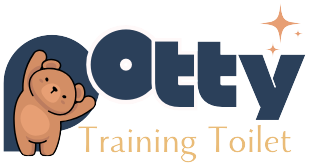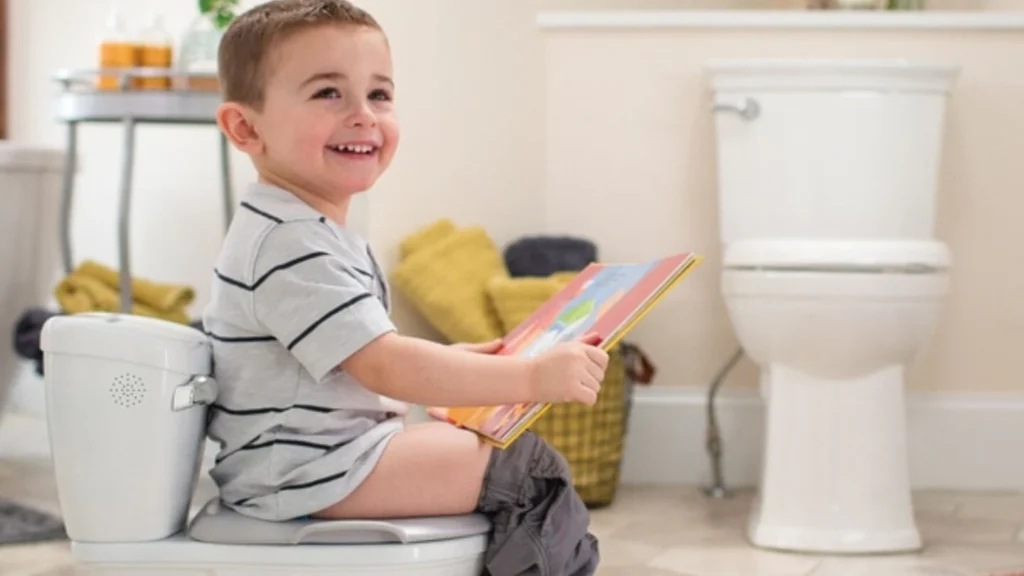Blog Post
Best Age to Start Potty Training
Wondering when to kick off potty training with your toddler? You’re not alone. Every child is different, and finding the right time can feel like a guessing game. Don’t worry—we’ve got you covered. In this post, we’ll break down the best age to start potty training, signs your child is ready, and how Jool Baby tools can make the process smoother.
Is There a “Perfect” Age for Potty Training?
Spoiler alert: there’s no one-size-fits-all answer. Most kids are ready to start potty training between 18 months and 3 years, but it’s less about age and more about readiness.Some toddlers show interest as early as 18 months, while others aren’t ready until closer to 3—or even later. That’s okay. Forcing it too soon can lead to frustration for both you and your child.
Signs Your Child Is Ready
Instead of circling a date on the calendar, look for these clues that your toddler is primed for potty training:
-
Staying dry for longer periods (like 2 hours or during naps)
-
Showing interest in the bathroom (following you to the toilet or asking about it)
-
Communicating needs (telling you they need to go or recognizing when they’ve gone)
-
Physical coordination (pulling pants up/down or sitting on a potty comfortably)
-
Disliking wet or soiled diapers
How to Start Potty Training Right
-
Wait for the Right Moment
Don’t rush it. Starting too early can lead to resistance or setbacks. If your child shows a few readiness signs, it’s a green light to begin. “You’re curious about the potty? Let’s give it a try!” -
Set Up for Success
Create a welcoming potty environment. Let your child pick out a fun potty or seat to get them excited. Helpful tool:
Handled Potty Seat
Soft, comfy, and easy to clean—this seat makes sitting on the potty feel safe and familiar for beginners. -
Introduce the Routine Gently
Start with short potty sits—after meals, before naps, or every couple of hours. Keep it low-pressure and praise every effort, even if nothing happens. “Great job sitting on the potty! We’ll try again later.” -
Make It Fun and Engaging
Turn potty time into a game with sticker charts, a favorite book, or silly songs to keep your toddler motivated. Helpful tool:
Real Feel 2-in-1 Potty
With flushing sounds and a grown-up toilet look, this potty makes kids eager to sit and try. -
Be Ready for On-the-Go Training
Once your child gets the hang of it at home, keep the momentum going outside. Always have a portable potty option handy. Helpful tool:
Foldable Travel Potty Seat
Toss this lightweight seat in your diaper bag or car for stress-free potty stops anywhere.
What If Your Child Isn’t Ready?
If your toddler resists or shows no interest, don’t push it. Take a break for a few weeks and try again later. Pressuring them can create anxiety and make potty training harder down the road.Every child moves at their own pace. Some breeze through at 2, while others take until 4. Both are normal.
Final Thought: It’s About Readiness, Not a Race
There’s no “best” age for potty training—it’s all about your child’s unique timeline. Watch for their cues, keep it positive, and don’t stress if it takes time.Stay patient. Stay encouraging. Stay consistent.
With a little help from Potty Training Toilet’s parent-loved tools, you and your toddler will conquer potty training when the time is right.

